Dryer Venting - in 2x4 studs
oldbat2be
12 years ago
Featured Answer
Comments (25)
wwwonderwhiskers
12 years agoworthy
12 years agoRelated Professionals
Fredericksburg Home Builders · Immokalee Home Builders · Troutdale Home Builders · Vista Park Home Builders · Kingsburg Home Builders · Corsicana General Contractors · Deer Park General Contractors · Forest Hills General Contractors · Green Bay General Contractors · Hermitage General Contractors · Kettering General Contractors · Millbrae General Contractors · Monroe General Contractors · Richfield General Contractors · Torrington General Contractorskcmo_ken
12 years agoklabio
12 years agobrickeyee
12 years agoGreenDesigns
12 years agoworthy
12 years agobrickeyee
12 years agosierraeast
12 years agosierraeast
12 years agoworthy
12 years agobrickeyee
12 years agoworthy
12 years agosierraeast
12 years agoklabio
12 years agobrickeyee
12 years agoklabio
12 years agolive_wire_oak
12 years agobrickeyee
12 years agomkmichaels
last yeardadoes
last yearmkmichaels
last yeardadoes
last yearMark Bischak, Architect
last year
Related Stories
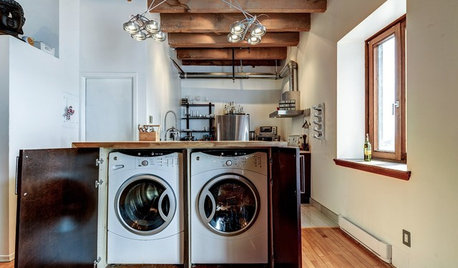
LAUNDRY ROOMSA Kitchen Laundry Cabinet Full of Surprises
A little DIY spirit allowed this homeowner to add a washer, dryer, kitchen countertop and dining table all in one
Full Story
REMODELING GUIDESContractor Tips: Advice for Laundry Room Design
Thinking ahead when installing or moving a washer and dryer can prevent frustration and damage down the road
Full Story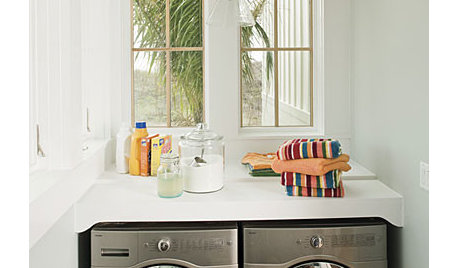
LAUNDRY ROOMSLaundry Makes a Clean Break With Its Own Room
Laundry rooms are often a luxury nowadays, but a washer-dryer nook in a kitchen, office or hallway will help you sort things out
Full Story
KITCHEN DESIGNA Cook’s 6 Tips for Buying Kitchen Appliances
An avid home chef answers tricky questions about choosing the right oven, stovetop, vent hood and more
Full Story
CONTRACTOR TIPSThe 4 Potentially Most Expensive Words in Remodeling
‘While you’re at it’ often results in change orders that quickly add up
Full Story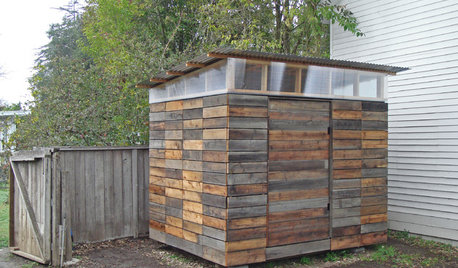
STORAGE2 Weeks + $2,000 = 1 Savvy Storage Shed
This homeowner took backyard storage and modern style into his own hands, building a shed with reclaimed redwood and ingenuity
Full Story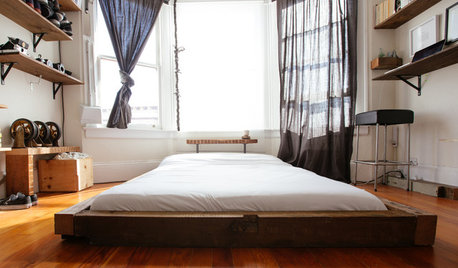
HOUZZ TOURSMy Houzz: 2 Tools + 1 Resourceful Guy = Lots of Great ‘New’ Furniture
With scrap wood and a hands-on attitude, a San Francisco renter on a tight budget furnishes his bedroom and more
Full Story
LAUNDRY ROOMSThe Cure for Houzz Envy: Laundry Room Touches Anyone Can Do
Make fluffing and folding more enjoyable by borrowing these ideas from beautifully designed laundry rooms
Full Story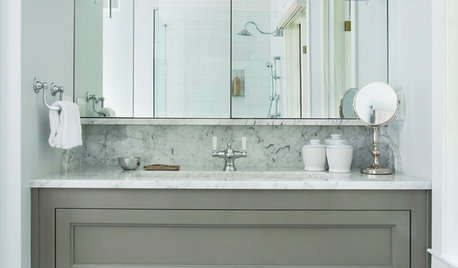
BATHROOM DESIGN4 Secrets to a Luxurious Bathroom Look
Give your bathroom a finished feel with a few splurges and budget-stretching moves
Full Story
FARMHOUSESNew This Week: 2 Charming Farmhouse Kitchens With Modern Convenience
These spaces have all of today’s function with yesteryear’s simplicity and character
Full StoryMore Discussions










sierraeast